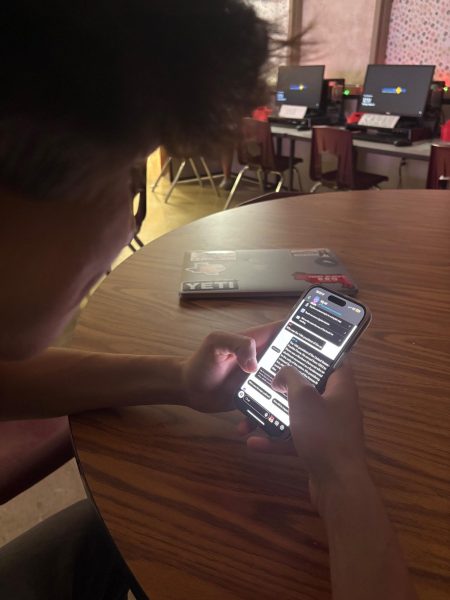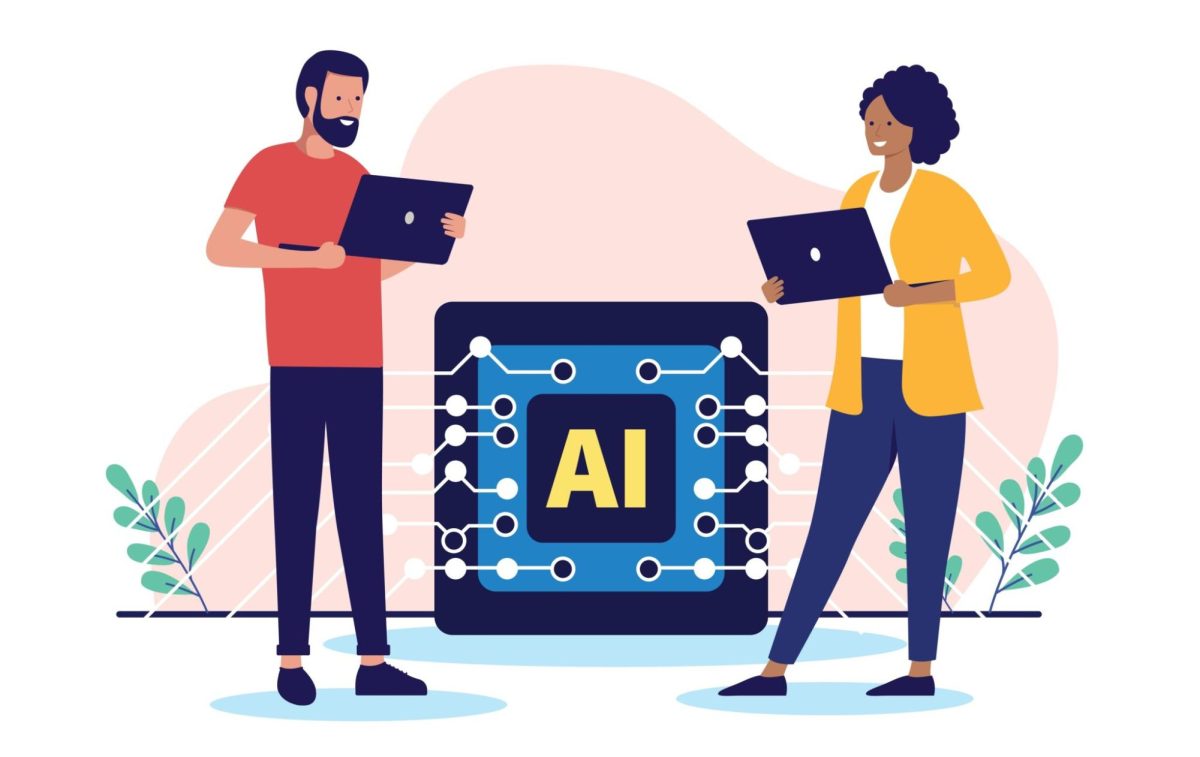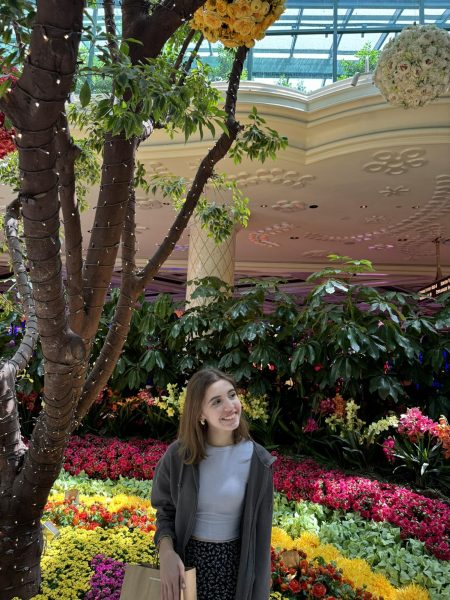Throughout the past century, our world has experienced countless non-stop technological advancements, significantly facilitating our daily lives. It seems like every day we are introduced to a new iPhone or a self-driving car, but no innovation has been as advanced, complex, or divisive as artificial intelligence. Although it has existed for over 30 years, its presence has increased exponentially during the 21st century due to its growing abilities. AI can create a realistic image, write a 1000-word essay, or solve your homework in as little as five seconds. As helpful as AI can be to us, it has introduced intense ethical and social dilemmas regarding its presence in schools, art, and the workforce.
One of the most argued problems of AI is its growing presence in schools. Students greatly take advantage of AI to finish their work, write their essays, and come up with ideas. You can often find students utilizing ChatG
PT, Snapchat AI, and Gauth AI alongside their assignments. Teachers and staff are strongly against AI use by their students but are prominent users as well, MagicSchool AI being their preferred platform. The root of the problem lies not in AI but in the loss of creativity and critical thinking caused by wrongly using it.
“I feel like using AI for school is very dishonest and will hinder you from learning,” sophomore Selin Atakan said. “This lack of comprehension could negatively impact your future tests or career.”
As much as AI can facilitate our large workloads as students, we often fail to consider the consequences it may have on our future skills and readiness for college. By using AI to give us answers and generate ideas, we are losing valuable problem-solving skills, independence, and originality, which are essential to success in all areas of life and career. These effects can be seen not only in ourselves but also in our entire generation, causing concerns for the incoming workforce.
“One thing about AI is that every day, it will become smarter, more efficient, and better,” Mr. Luna said. “This can benefit the workforce, as its power will help automate dangerous and unsafe jobs for humans.”

Although AI is typically correlated with negatively affecting the number of jobs available worldwide, its abilities will diminish careers that have been proven to greatly harm people. Manufacturing and factory workers, construction workers, and more will no longer be necessary anymore and will be given opportunities for better employment. Regardless of this fact, the loss of jobs that AI will and already is causing is brutal.
“I am very concerned about AI in the future of art, as I can see it potentially taking over jobs that would be held by artists and designers,” art teacher Ms. Politi said. “If you can get AI to design your poster, logo, or even a building, why would you want to hire someone?”
Artists are currently at the highest risk of losing their jobs. Everywhere you look on the internet, you are bombarded with AI art so advanced that you can’t even recognize the difference between human and artificial pieces anymore. As impressive as this is, AI art is created using endless amounts of human-made work and information found in large databases, therefore being a form of plagiarism. No matter how advanced artificial intelligence becomes, it will never be able to capture the essence and beauty of the human experience or the intricate creativity of the artist’s mind.
“I know this is an inevitable stage in the advancement of society, so we need to embrace it in order to keep up,” Politi said. “However, I can see it becoming increasingly difficult for people and businesses to value artists.”



